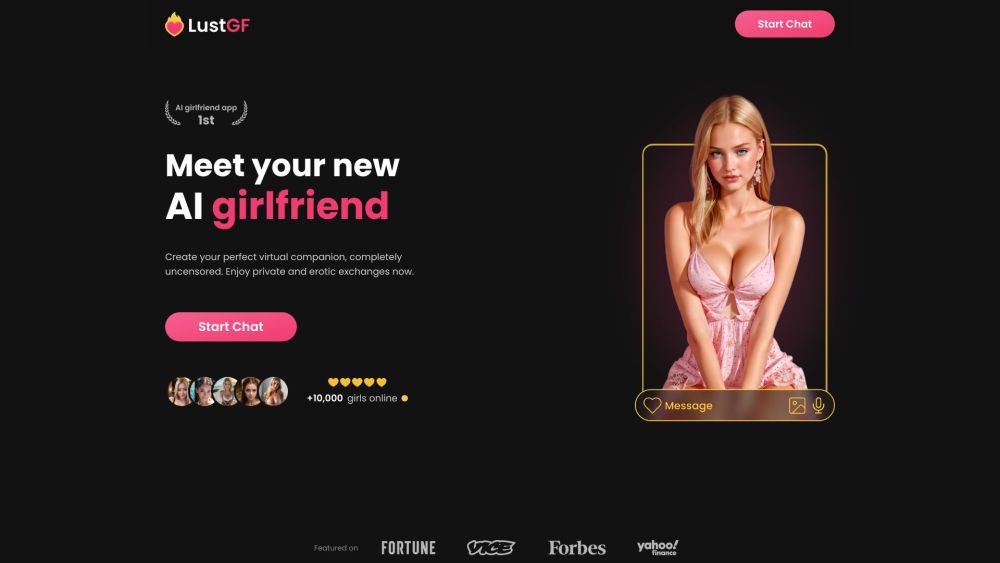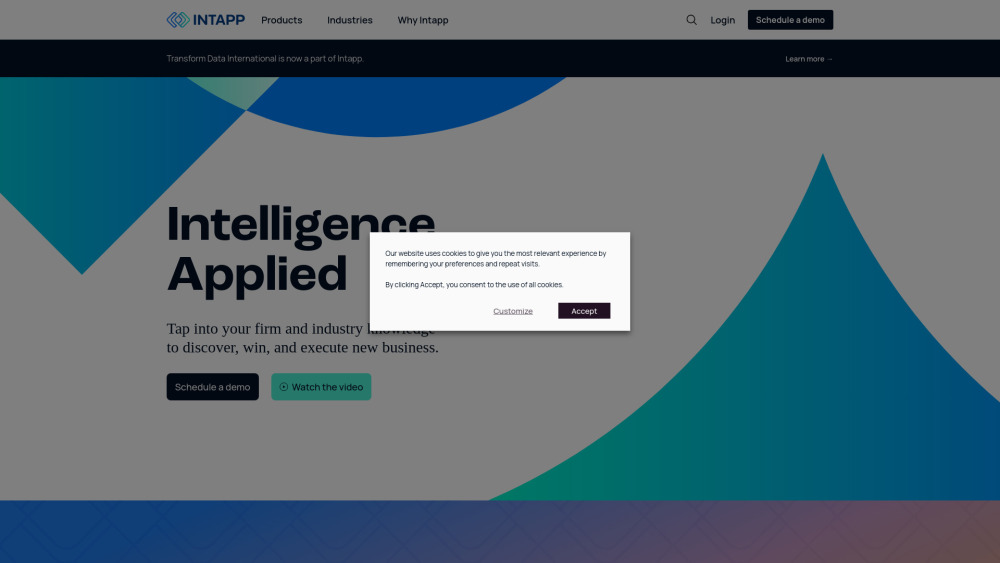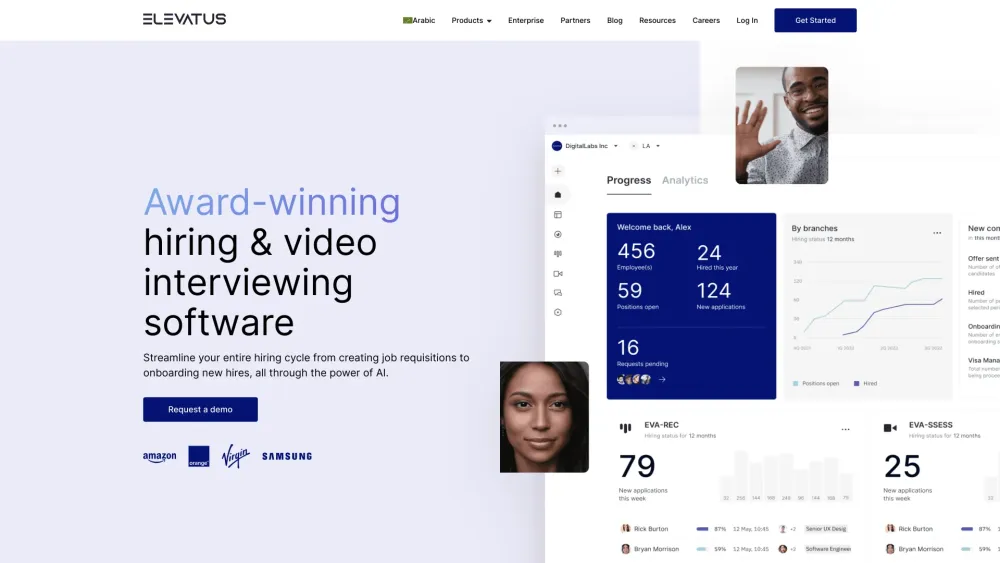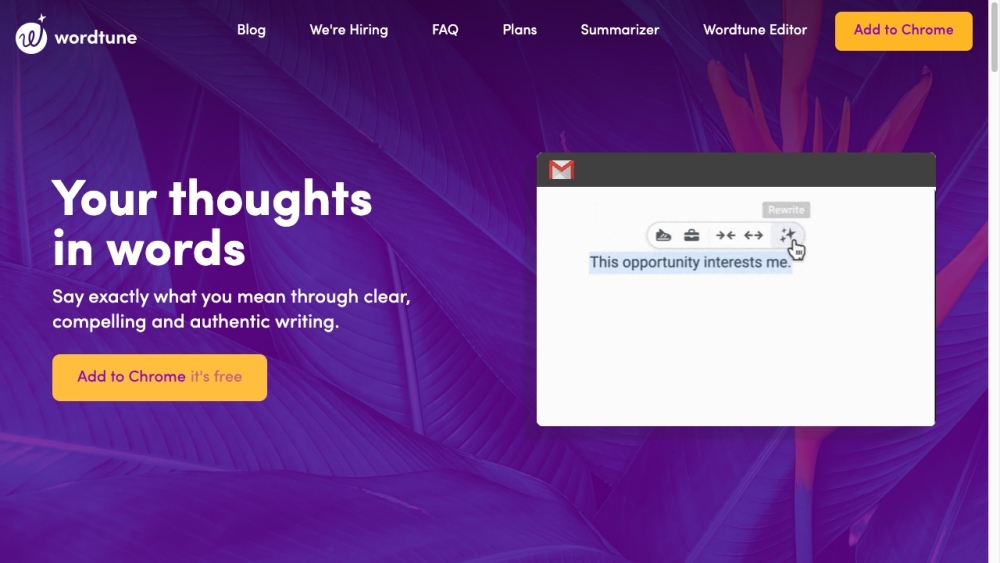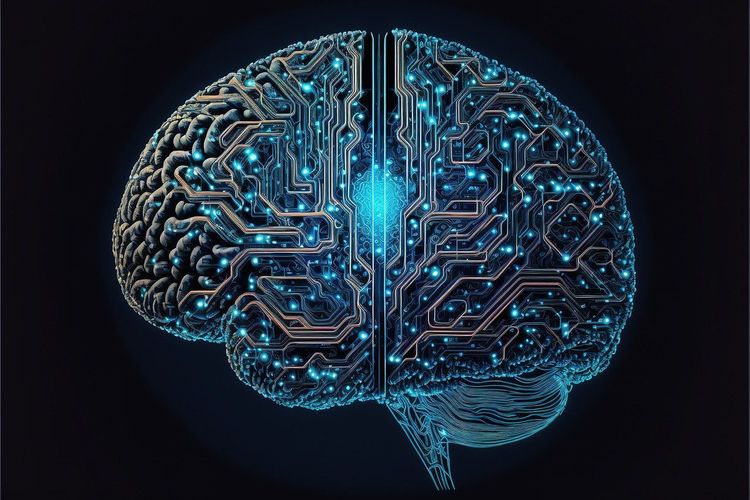The U.S. Supreme Court issued its annual year-end report on the federal judiciary, offering a summary of the court’s activities and accomplishments over the past year.
Authored by Chief Justice John Roberts, the report notably addresses the growing presence of artificial intelligence (AI) in the judicial system, examining its benefits, challenges, and ethical implications.
Chief Justice Roberts’ insights come at a pivotal moment as AI continues to permeate various professions, including law. “Every year, I use the Year-End Report to address a key issue impacting the federal court system,” Roberts states, highlighting the significance of AI in current legal discussions.
Roberts draws parallels between the rise of electricity in rural America and today's information technology landscape. He notes, “Sometimes, the arrival of new technology can dramatically improve work and life,” laying the groundwork for a complex dialogue about innovation and its effects.
The report references historical technological advancements, such as the Paige Compositor, which posed challenges that ultimately led to Mark Twain’s financial struggles. “Not every tale of technological investment ends well,” warns Roberts, suggesting that while AI presents opportunities, its future remains uncertain.
Roberts reflects on the judiciary's gradual integration of technology, from quill pens to personal computers and electronic databases. He observes, “Those of us who once marveled at early bulky computer systems could hardly have predicted today’s conversations about AI potentially replacing professions—including lawyers.” This acknowledgment emphasizes the ongoing debate surrounding AI's role in the legal field.
Despite these challenges, the report underscores the judiciary's resilience and adaptability. Roberts reassures that human judges will remain essential: “I am confident we are not about to become obsolete, but technological changes will continue to transform our work,” emphasizing the need to balance innovation with the human elements of justice.
As the legal profession adjusts to AI in areas like legal research and predictive analytics, a recent Deloitte report indicates that approximately 39 percent of legal jobs are at “high risk” of automation in the next two decades. Likewise, a McKinsey report estimates that 23 percent of a typical lawyer's duties can be automated.
While AI offers enhanced efficiency and better access to legal information, it also raises ethical concerns surrounding algorithmic bias, transparency, and the potential erosion of human judgment.
The report conveys a message of cautious optimism—encouraging the use of AI while remaining vigilant about its constraints and risks.
Ultimately, the Supreme Court's report emphasizes that the question isn't whether AI will impact the legal profession, but how it will do so and what safeguards are necessary to ensure that technology enhances justice rather than undermines it. While the report outlines a path for AI's integration into law, it affirms that true justice and fair deliberation will always require a human touch.
